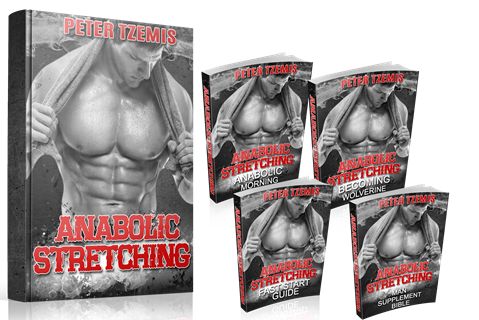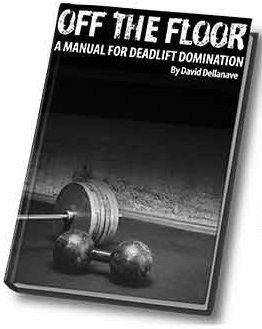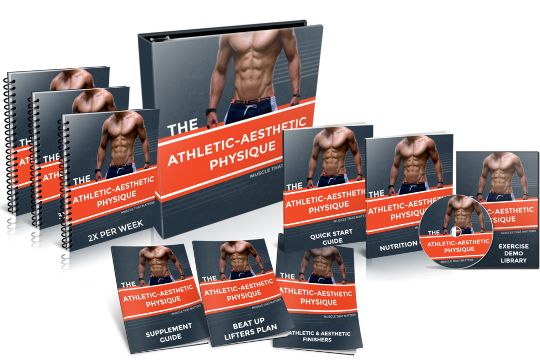There is one postulate in the world of bodybuilding, with which everyone agrees, even experts: stretching is good for muscles. Do not you have muscle mass at all? Then it’s time to try the training technique from the guide by Peter Tzemis. Studies and experiments have confirmed absolutely exactly that flexibility is an integral component of a good sport form. If your muscles are hard, like a tree, you will never run well.
On the other hand, one of the main goals of power and strength training is to increase muscle density. Which muscles give a big return – tight or elastic? Bodybuilders know that the muscles are made from contractile proteins of actin and myosin. The more these fibers, the more muscle. Muscle fibers bind to each other by other proteins, mainly collagen. Each skeletal muscle is attached to the bones by two tendons – one at each end.
In addition to its function of retaining muscle fibers together, collagen fibrils of the tendons also fulfill the important task of transferring the forces produced by contractile tissues. Collagen is usually less sparing than myosin and actin, so connective tissue proteins determine the degree of elasticity of your muscles, at least when they are relaxed. With tension, the contractile elements become denser.
You can check this by touching the shortened bicep. With a strong contraction, the muscle fibers become almost as hard as the tendons. Do not forget about it when you read the article further. Obviously, when you stretch the muscle, the greatest impact is exactly on actin and myosin. In order to stretch tight ligaments, you first have to increase the density of actin and myosin, so that the stress does not have to do with just one contractile protein. Train with the mind, dear men!





